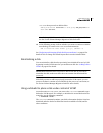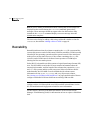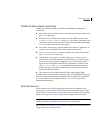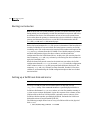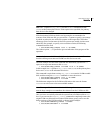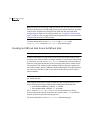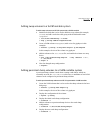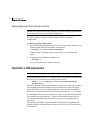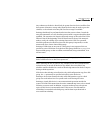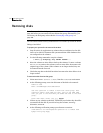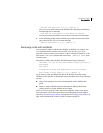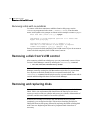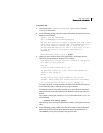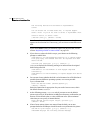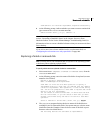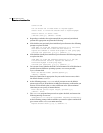
109Administering disks
Dynamic LUN expansion
Any volumes on the device should only be grown after the device itself has first
been grown. Otherwise, storage other than the device may be used to grow the
volumes, or the volume resize may fail if no free storage is available.
Resizing should only be performed on devices that preserve data. Consult the
array documentation to verify that data preservation is supported and has been
qualified. The operation also requires that only storage at the end of the LUN is
affected. Data at the beginning of the LUN must not be altered. No attempt is
made to verify the validity of pre-existing data on the LUN. The operation
should be performed on the host where the disk group is imported (or on the
master node for a cluster-shared disk group).
Resizing of LUNs that are not part of a disk group is not supported.It is not
possible to resize LUNs that are in the boot disk group (aliased as bootdg), in a
deported disk group, or that are offline, uninitialized, being reinitialized, or in
an error state.
Caution: Do not perform this operation when replacing a physical disk with a
disk of a different size as data is not preserved.
Before reducing the size of a device, any volumes on the device should first be
reduced in size or moved off the device. By default, the resize fails if any
subdisks would be disabled as a result of their being removed in whole or in part
during a shrink operation.
If the device that is being resized has the only valid configuration copy for a disk
group, the
-f option may be specified to forcibly resize the device.
Resizing a device that contains the only valid configuration copy for a disk
group can result in data loss if a system crash occurs during the resize.
Resizing a virtual disk device is a non-transactional operation outside the
control of VxVM. This means that the resize command may have to be re-issued
following a system crash. In addition, a system crash may leave the private
region on the device in an unusable state. If this occurs, the disk must be
reinitialized, reattached to the disk group, and its data resynchronized or
recovered from a backup.



